Tick bite is the main avenue for spreading serious diseases. So how can you protect yourself from getting tick bites? How is it treated? The following paragraphs provide vital information about tick bites.
Tick Bites Information
Tick bite is associated with pathogenic infections and skin-related symptoms. In the United States, ticks are the principal carriers of diseases to humans next to mosquitoes all over the world; these diseases include Colorado tick fever, Lyme disease, tularemia, tick paralysis and Rocky Mountain spotted fever. The tick’s saliva contains secretions, organisms and toxins which are transmitted to humans through bite. These small and flightless insects feed on the blood of mammals, reptiles, birds, domestic pets and even humans. There are around 800 species of ticks known today. Some ticks are harmless while others inject toxins.
There are two kinds of infectious ticks; the soft ticks and hard ticks. Soft ticks have curved bodies and suck blood for several hours and transmission of the disease occur in no less than one minute. On the other hand, hard ticks have hard scutum and suck blood within an hour. Besides, they differ in color and size, with some easily detectable while others are not.
What are the symptoms of Tick Bites?
A tick bite is generally painless. You may not even notice a tick biting you and falling off afterwards. After the bite, symptoms caused by pathogens transmitted by the tick can be experienced. These symptoms include fever, rash, numbness, weakness, confusion, flu-like symptoms, palpitations, nausea, vomiting, joint swellings and pain, including shortness of breath. Under these situations, immediate medical attention is required.
Deer tick bite
Deer bite is caused from a different from of ticks that cause Lyme disease. Almost 33 percent of deer tick bites can result in Lyme disease, which is known to have flu-like symptoms, joint paint. There is a red spot with white or red circle type formation around it, giving an impression of bull’s eye. The disease can lead to compilations like neurological problems and even heart diseases, if not treated early or properly. Here are symptoms of Lyme disease in women and treatment.
Tick bite treatment
Treatment for tick bites highly depend on the type of disease it has transmitted. Here are some ways of treating tick bites.
• Cleansing and application of antibiotic cream on the affected area.
• If there is irritation or itchiness, your physician may recommend diphenhydramine preparations. It could either be applied directly onto the skin or ingested orally in the form of tablets.
• Your physician may prescribe oral antibiotics. If you exhibit severe symptoms, then the antibiotics may be given through intravenous fluid requiring you to be confined in the hospital. Aside from these, your physician may conduct a more detailed test on your blood to rule out underlying causes and further complications.
These treatment procedures are preceded by tick removal. Ticks must be removed properly otherwise it may result to infection and transmission of serious diseases. Here’s how to remove ticks properly.
• Use tweezers or forceps when removing ticks. Wear gloves to avoid the spread of pathogens into your hands.
• Carefully but firmly flip the tick with tweezers and apply little amount of pulling force until it loosens and lets off.
• Once removed, you may flush it down into the toilet, throw it into the fire, or squish it using tissue. Don’t smash it using your bare hands or foot as it may lead to transmission of diseases. Otherwise, you may store the tick in a tightly closed container or jar and show it to your doctor if you become sick due to tick bite. If some parts of the head and mouth remain in your skin, have them removed by your doctor.
• Thoroughly wash the area of tick bite and disinfect the instruments you used in removing it.
• Don’t forget to wash your hands after doing this.
As the common saying goes, prevention is better than cure. Therefore, ensure to check your whole body for any ticks after spending some time outdoors. Check the areas under your arms, ears, belly buttons, around your waist, back part of your knees and hair. Also, wear full sleeves and long pants and insert your pants into your socks whenever you intend to spend time outdoors. Doing so not only protects you from getting ticks, but also discover tick bites and start treatment as early as possible.
Tick bite pictures
Check out tick bite pictures
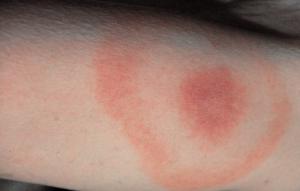
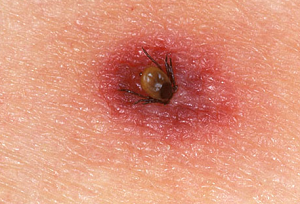
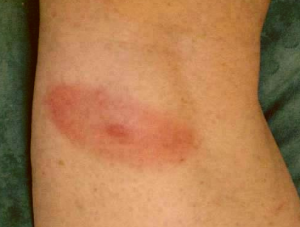
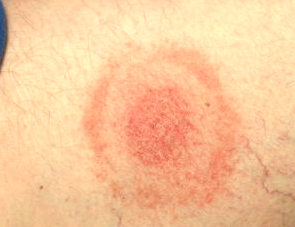
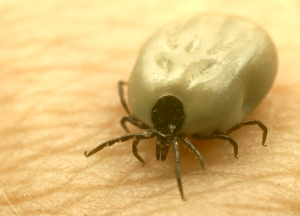
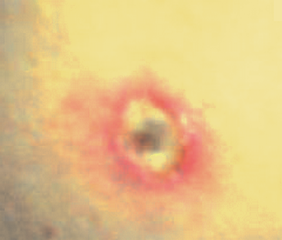
These days of austerity plus relative stress and anxiety about getting debt, lots of people balk against the idea of using a credit card to make acquisition of merchandise or pay for a trip, preferring, instead just to rely on the tried plus trusted technique of making transaction – cash. However, in case you have the cash available to make the purchase in whole, then, paradoxically, that is the best time to use the credit card for several factors.